Elon Musk Twitter Focus To Affect SpaceX Work For NASA?
Nelson fielded questions from reporters Sunday after the conclusion of the space agency’s Artemis I mission, in which the agency’s uncrewed capsule splashed down in the Pacific Ocean.
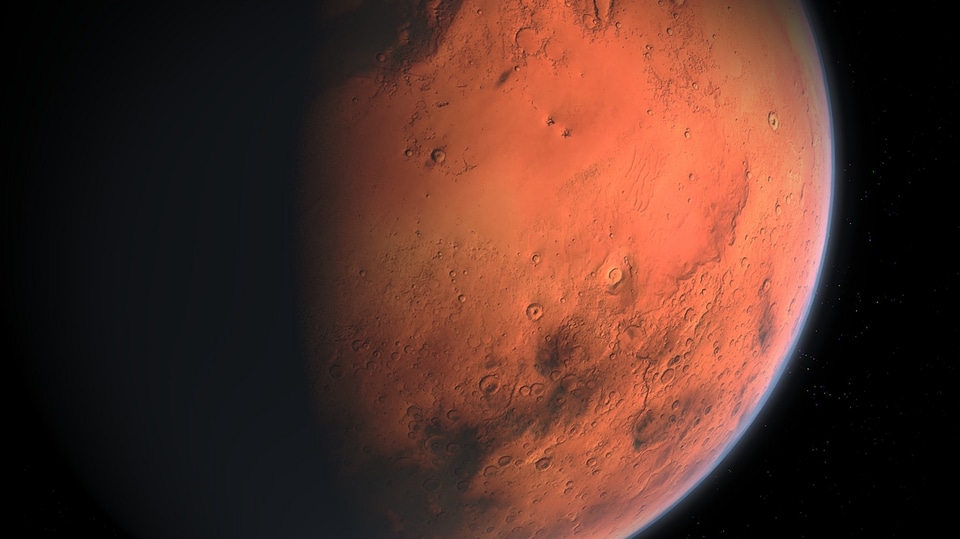
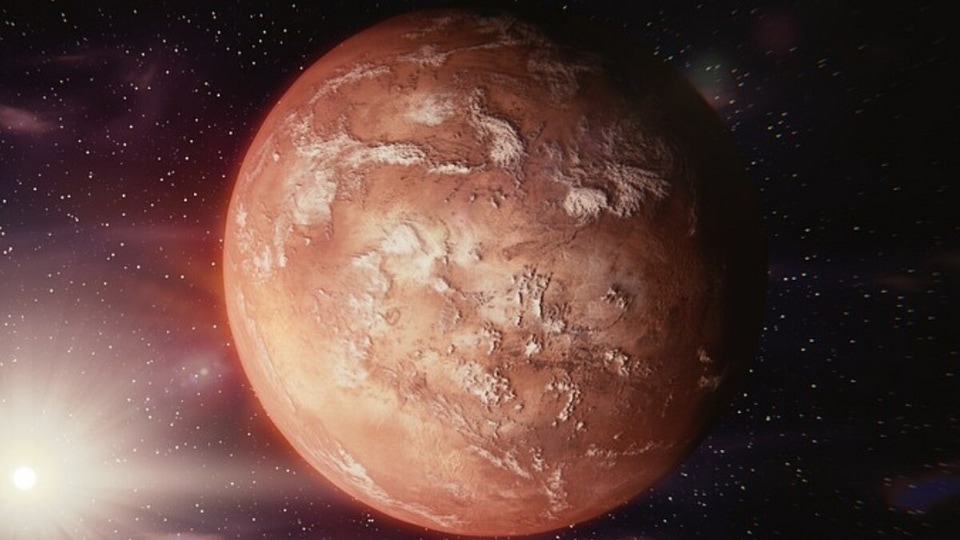
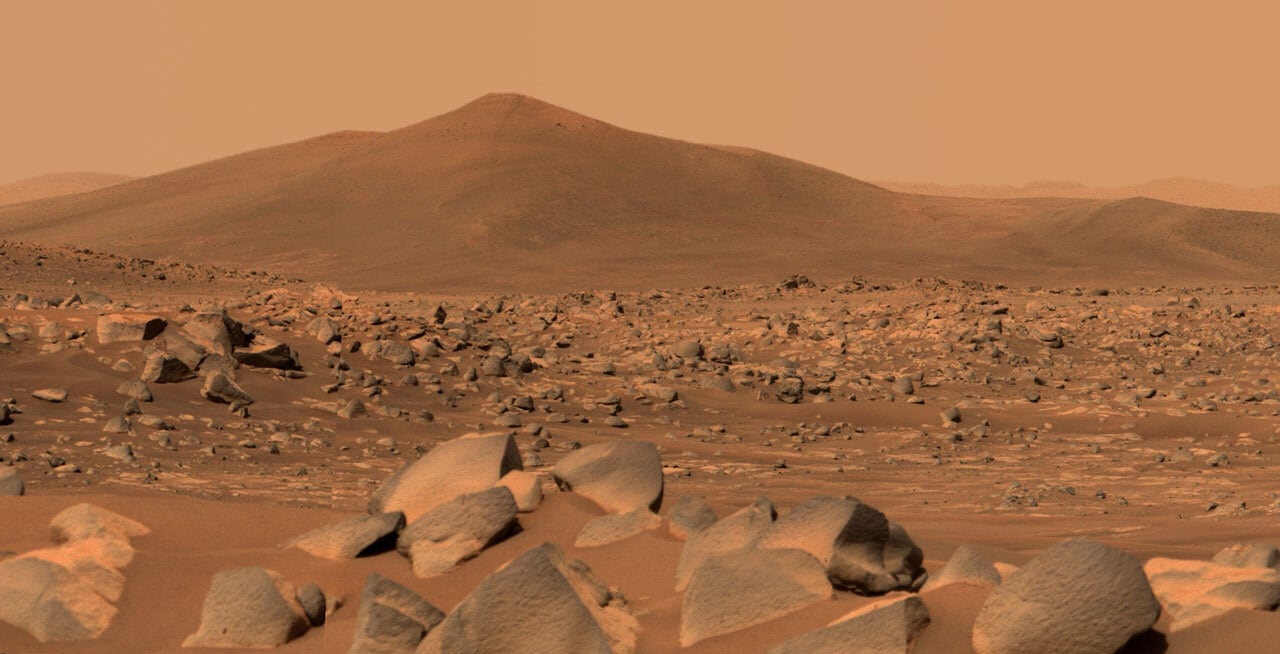

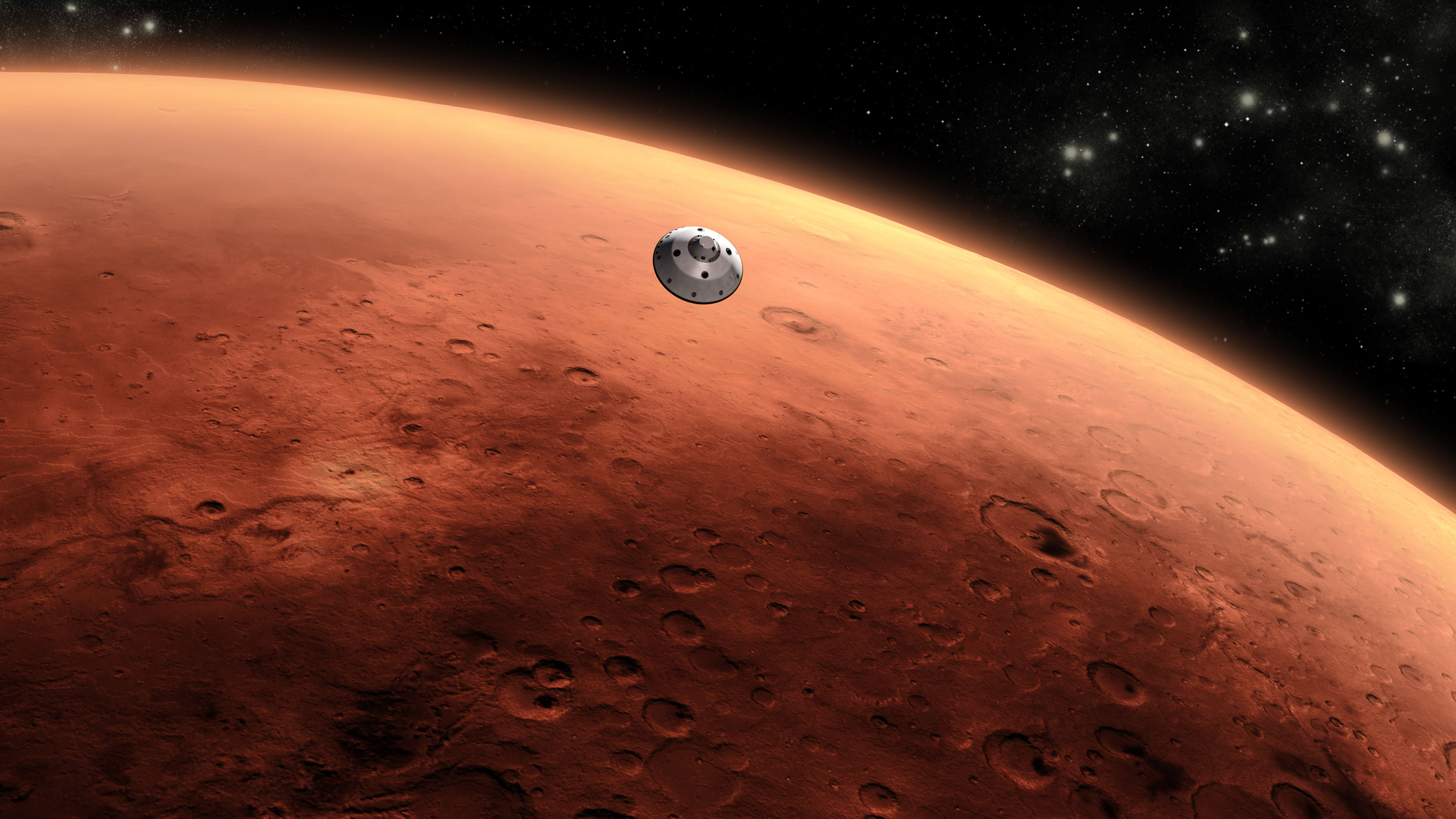
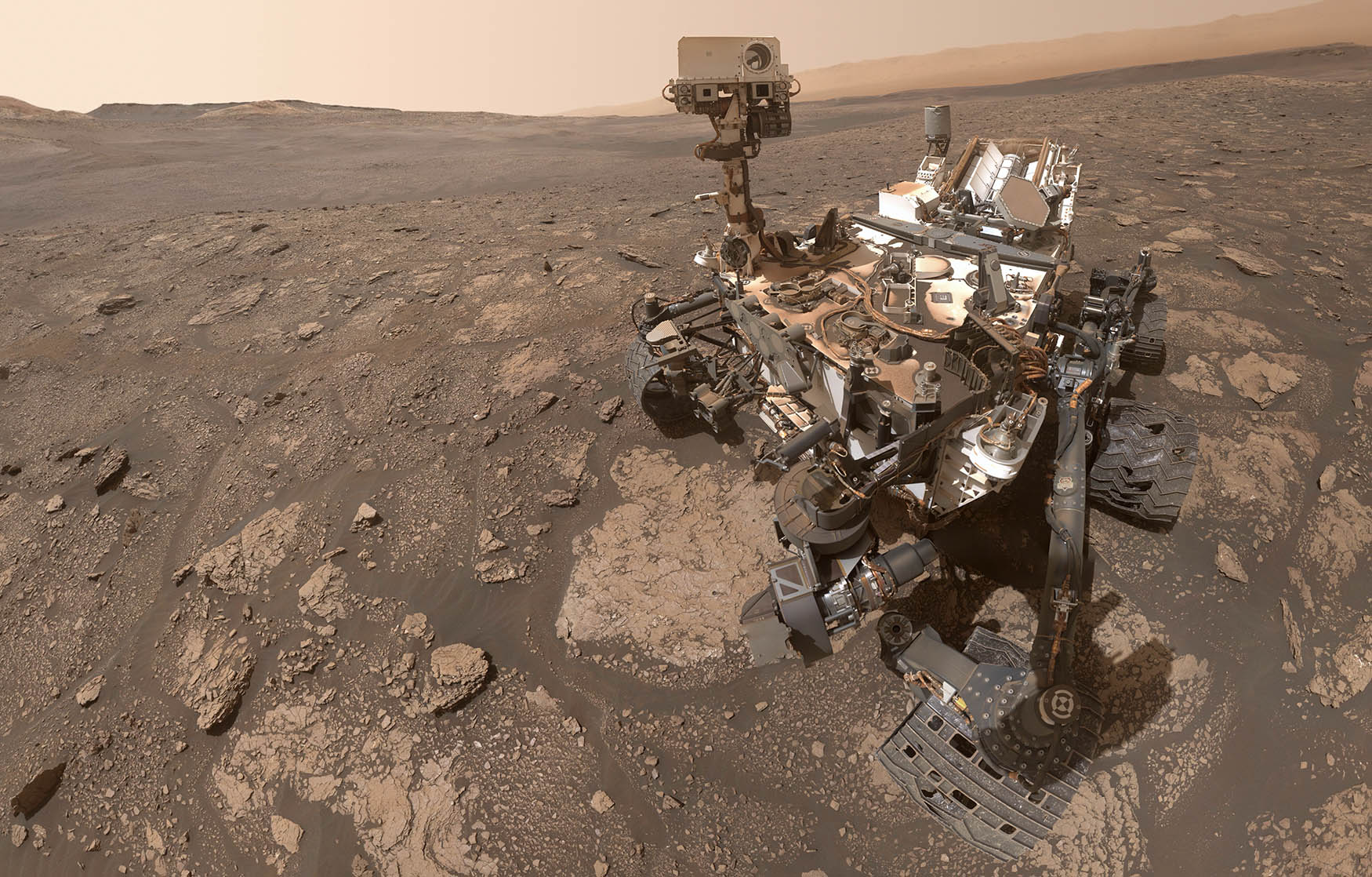
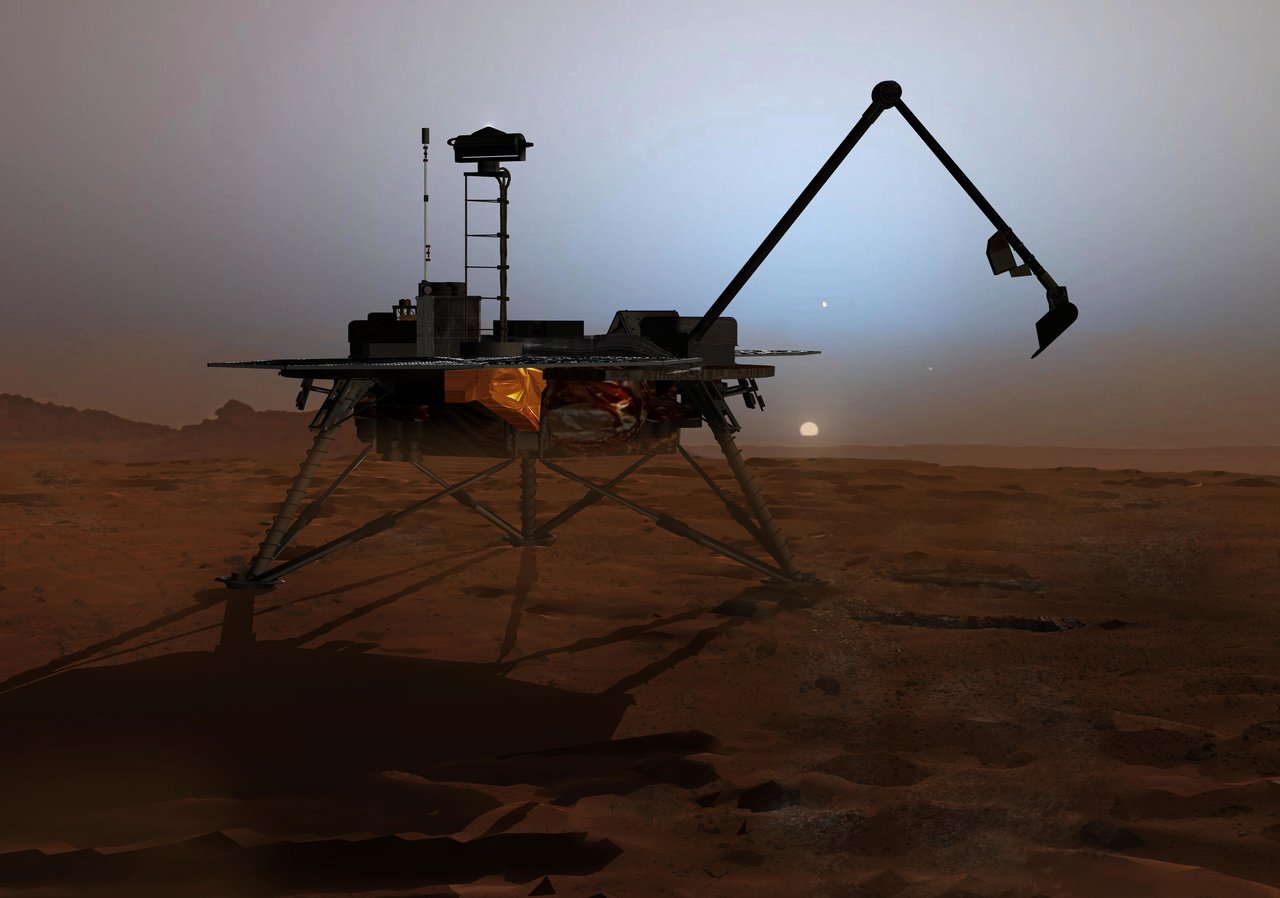
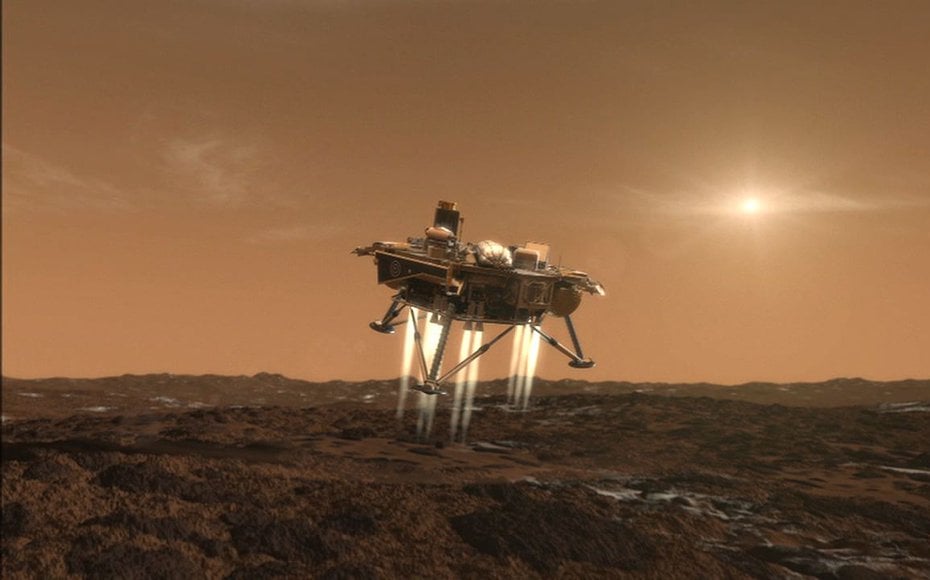
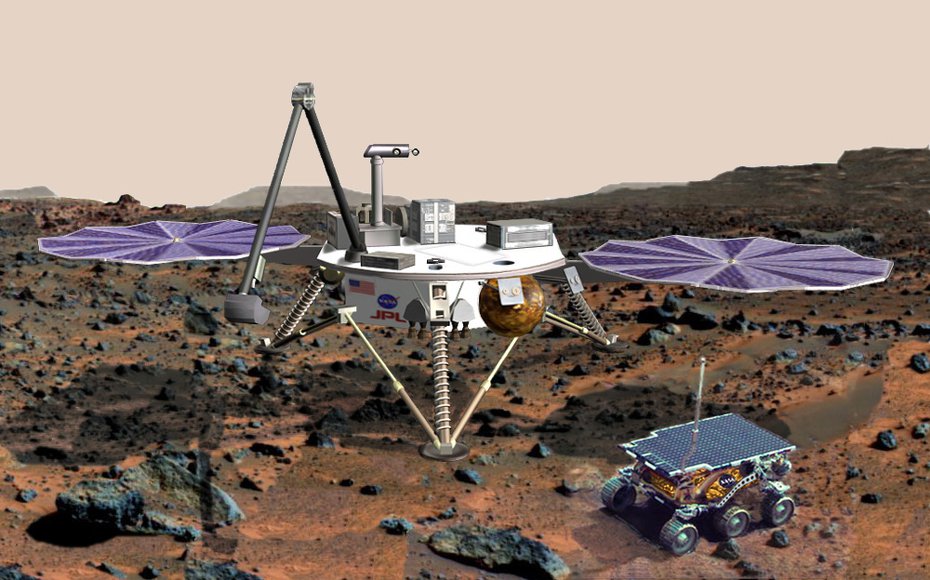


 View all Images
View all ImagesNASA administrator Bill Nelson says he was assured by SpaceX's president that the rocket company's work with the space agency won't suffer from Elon Musk's current focus on revamping Twitter.
“I spoke with Gwynne Shotwell and I asked her, ‘Is Twitter going to be a distraction to SpaceX?'” Nelson said in a statement provided to Bloomberg. “She assured me that it would not be a distraction to their mission.”
Nelson fielded questions from reporters Sunday after the conclusion of the space agency's Artemis I mission, in which the agency's uncrewed capsule splashed down in the Pacific Ocean. SpaceX is set to be a prominent part of NASA's Artemis program, which aims to return people to the lunar surface later this decade. The company is developing its next generation Starship vehicle as a lunar lander that will take NASA astronauts to and from the surface of the moon for the program.
Musk, who runs multiple companies including SpaceX and Tesla Inc., acquired Twitter more than a month ago. His management of the company has been in the spotlight the last few weeks, after he fired or let go more than half the staff and has rolled out new features for the platform.
Nelson's discussion with Shotwell was first reported by Ars Technica reporter Eric Berger, who spoke with the administrator following the Artemis I press conference. During the briefing, Nelson also said he frequently asks one of his associate administrators if Starship is meeting its benchmarks and time tables.
“The answer comes back to me: yes,” Nelson said. “And in some cases: exceeding.”
Catch all the Latest Tech News, Mobile News, Laptop News, Gaming news, Wearables News , How To News, also keep up with us on Whatsapp channel,Twitter, Facebook, Google News, and Instagram. For our latest videos, subscribe to our YouTube channel.





























